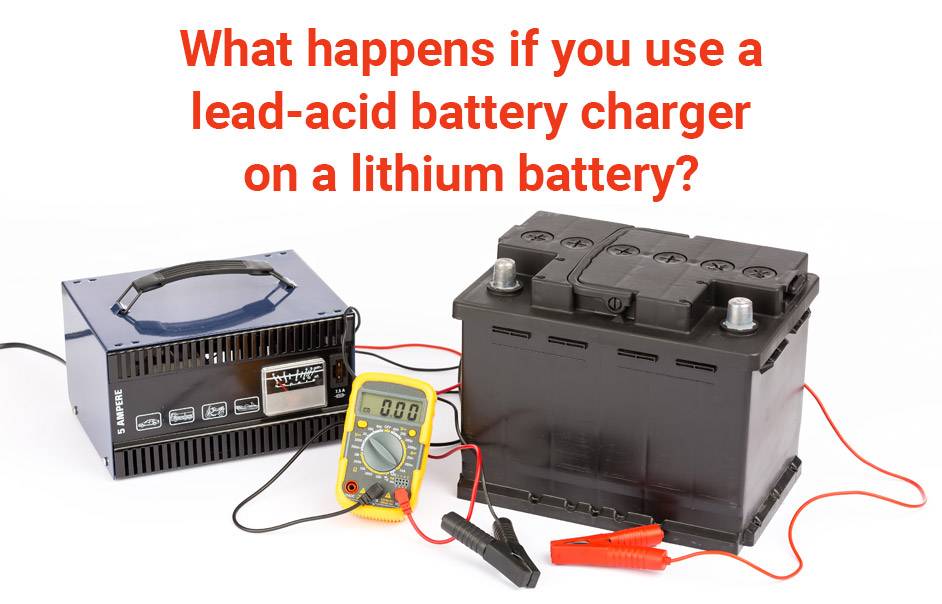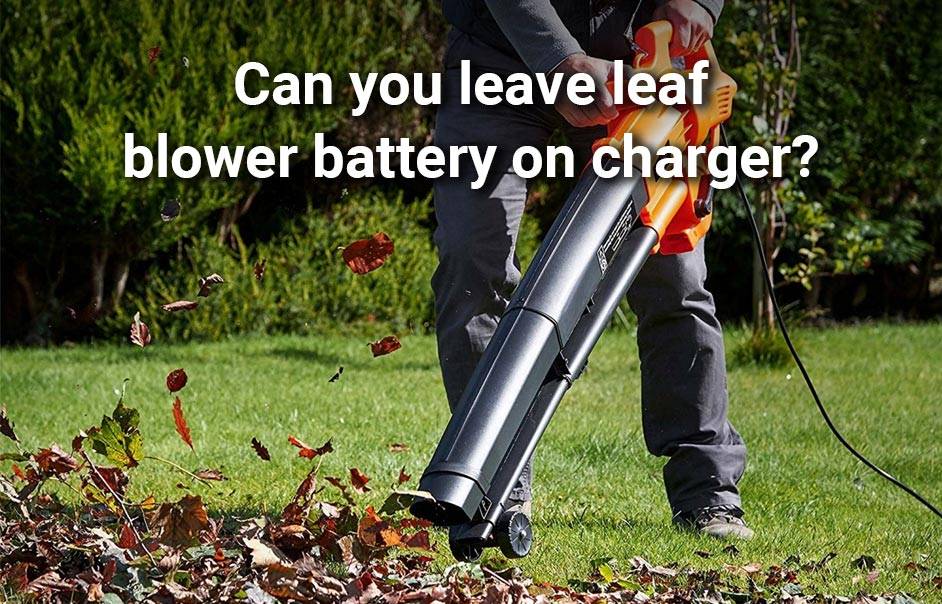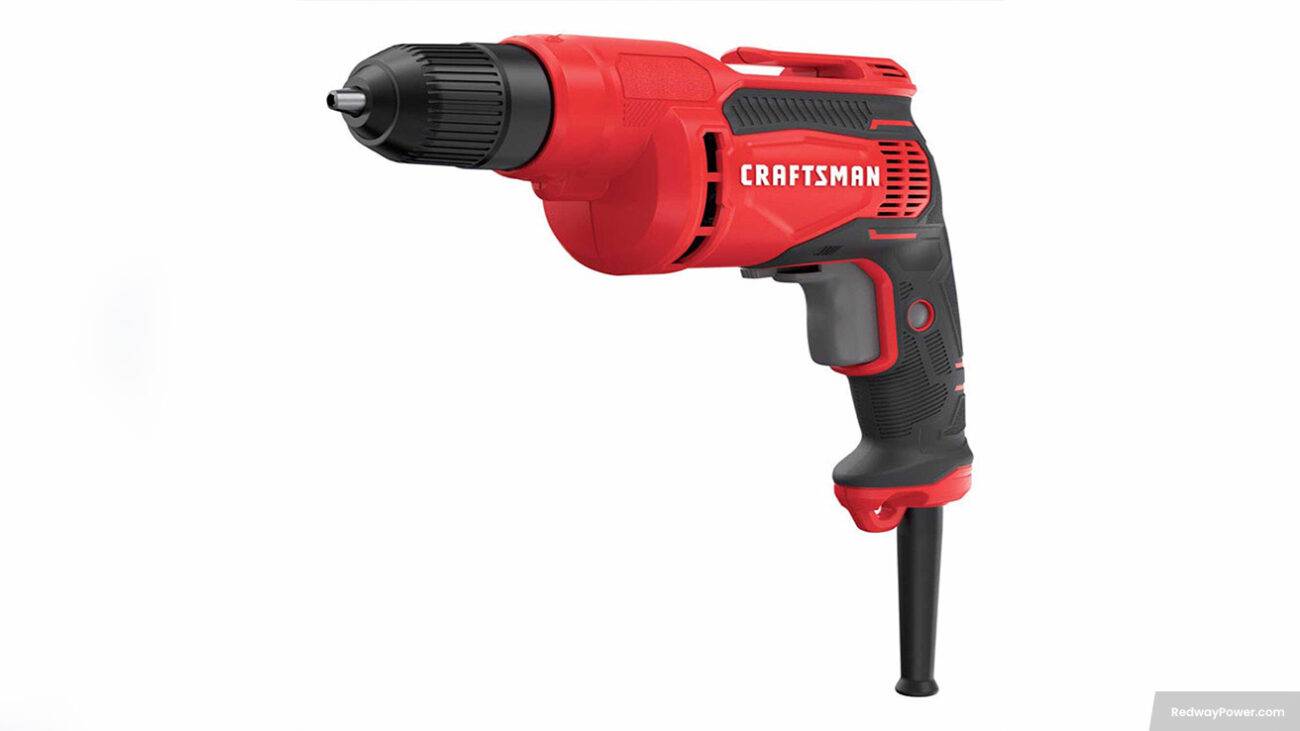- Forklift Lithium Battery
-
48V
- 48V 210Ah
- 48V 300Ah
- 48V 420Ah (949 x 349 x 569 mm)
- 48V 420Ah (950 x 421 x 450 mm)
- 48V 456Ah
- 48V 460Ah (830 x 630 x 590 mm)
- 48V 460Ah (950 x 421 x 450 mm)
- 48V 460Ah (800 x 630 x 600 mm)
- 48V 460Ah (820 x 660 x 470 mm)
- 48V 500Ah
- 48V 560Ah (810 x 630 x 600 mm)
- 48V 560Ah (950 x 592 x 450 mm)
- 48V 600Ah
- 48V 630Ah
-
48V
- Lithium Golf Cart Battery
- 12V Lithium Battery
12V 150Ah Lithium RV Battery
Bluetooth App | BCI Group 31
LiFePO4 Lithium
Discharge Temperature -20°C ~ 65°C
Fast Charger 14.6V 50A
Solar MPPT Charging - 24V Lithium Battery
- 36V Lithium Battery
- 48V Lithium Battery
-
48V LiFePO4 Battery
- 48V 50Ah
- 48V 50Ah (for Golf Carts)
- 48V 60Ah (8D)
- 48V 100Ah (8D)
- 48V 100Ah
- 48V 100Ah (Discharge 100A for Golf Carts)
- 48V 100Ah (Discharge 150A for Golf Carts)
- 48V 100Ah (Discharge 200A for Golf Carts)
- 48V 150Ah (for Golf Carts)
- 48V 160Ah (Discharge 100A for Golf Carts)
- 48V 160Ah (Discharge 160A for Golf Carts)
-
48V LiFePO4 Battery
- 60V Lithium Battery
-
60V LiFePO4 Battery
- 60V 20Ah
- 60V 30Ah
- 60V 50Ah
- 60V 50Ah (Small Size / Side Terminal)
- 60V 100Ah (for Electric Motocycle, Electric Scooter, LSV, AGV)
- 60V 100Ah (for Forklift, AGV, Electric Scooter, Sweeper)
- 60V 150Ah (E-Motocycle / E-Scooter / E-Tricycle / Tour LSV)
- 60V 200Ah (for Forklift, AGV, Electric Scooter, Sweeper)
-
60V LiFePO4 Battery
- 72V~96V Lithium Battery
- Rack-mounted Lithium Battery
- E-Bike Battery
- All-in-One Home-ESS
- Wall-mount Battery ESS
-
Home-ESS Lithium Battery PowerWall
- 24V 100Ah 2.4kWh PW24100-S PowerWall
- 48V 50Ah 2.4kWh PW4850-S PowerWall
- 48V 50Ah 2.56kWh PW5150-S PowerWall
- 48V 100Ah 5.12kWh PW51100-F PowerWall (IP65)
- 48V 100Ah 5.12kWh PW51100-S PowerWall
- 48V 100Ah 5.12kWh PW51100-H PowerWall
- 48V 200Ah 10kWh PW51200-H PowerWall
- 48V 300Ah 15kWh PW51300-H PowerWall
PowerWall 51.2V 100Ah LiFePO4 Lithium Battery
Highly popular in Asia and Eastern Europe.
CE Certification | Home-ESS -
Home-ESS Lithium Battery PowerWall
- Portable Power Stations
What Happens When You Use a Lead-Acid Charger on a Lithium Battery?

Using a lead-acid battery charger on a lithium battery can lead to significant issues, including potential damage to the lithium cells. This is primarily due to differences in charging stages and voltage requirements between the two battery types. Understanding these differences is crucial for safe and effective battery management.
How Does a Lead-Acid Charger Affect a Lithium Battery?
When a lead-acid charger is used on a lithium battery, it can cause overcharging and damage to the battery’s internal chemistry. Lead-acid chargers typically operate at higher voltages during certain charging stages, such as equalization, which are not suitable for lithium batteries. This can result in thermal runaway or reduced lifespan of the lithium cells.
| Effect of Lead-Acid Charger on Lithium Battery | Description |
|---|---|
| Overcharging | Excessive voltage can damage cells |
| Thermal Runaway | Risk of fire or explosion |
| Reduced Lifespan | Frequent overvoltage can degrade performance |
What Are the Charging Stages for Lead-Acid and Lithium Batteries?
The charging processes for lead-acid and lithium batteries differ significantly:
- Lead-Acid Batteries: Typically follow a three-stage process: bulk charging (fast charge), absorption (slower charge), and float (maintenance charge).
- Lithium Batteries: Use a two-stage process consisting of constant current (CC) until nearly full and then constant voltage (CV) until fully charged.
Understanding these stages is critical as lead-acid chargers may inadvertently enter float mode too early when used with lithium batteries, preventing them from reaching full charge.
Which Risks Are Associated with Using a Lead-Acid Charger on Lithium Batteries?
Using a lead-acid charger poses several risks:
- Overcharging: This can cause lithium batteries to swell or even catch fire.
- Battery Damage: Incorrect voltage levels can degrade the internal structure of lithium cells.
- Safety Hazards: Potential for thermal runaway events leading to fires or explosions.
| Risk Type | Description |
|---|---|
| Overcharging | Excessive voltage causes swelling |
| Battery Damage | Degradation of chemical structure |
| Safety Hazards | Risk of fire or explosion |
Why Is It Important to Use the Correct Charger for Lithium Batteries?
Using the correct charger designed specifically for lithium batteries ensures that the charging process adheres to their unique requirements. Lithium chargers are equipped with features like:
- Battery Management System (BMS): Communicates with the charger to prevent overcharging.
- Correct Voltage Levels: Ensures safe charging without exceeding limits.
- Safety Features: Includes protections against overheating and short circuits.
These features help maintain battery health and safety over time.
Can You Use a Lead-Acid Charger in an Emergency Situation?
In an emergency, you may use a lead-acid charger on a lithium battery if you can control the maximum voltage and disable any automatic equalization modes. However, this should be done with caution:
- Monitor the charging process closely.
- Disconnect immediately once fully charged to avoid damage.
- Understand that this method is not recommended as a regular practice.
What Are the Differences in Charging Characteristics Between Battery Types?
The key differences in charging characteristics include:
- Voltage Levels: Lithium batteries typically require higher voltages (up to 4.2V per cell) compared to lead-acid batteries (around 2.3V per cell).
- Charging Stages: Lithium batteries utilize constant current followed by constant voltage, while lead-acid batteries have multiple stages including float charging.
- Response to Charge: Lithium batteries do not require trickle charges, while lead-acid batteries benefit from them after reaching full charge.
Understanding these differences is essential for proper battery maintenance and longevity.
Expert Views
“Using the wrong charger can severely impact lithium battery performance and safety,” says an industry expert. “It’s crucial to always use chargers specifically designed for your battery type to avoid potential hazards.”
Conclusion
Using a lead-acid charger on a lithium battery can result in significant damage due to differences in charging requirements and characteristics. It is essential to understand these differences to ensure safe operation and prolong the lifespan of your batteries. Always opt for chargers designed specifically for lithium technology whenever possible.
FAQ Section
- Q1: Can I use a lead-acid charger on my lithium battery?
A1: While it is technically possible under certain conditions, it is not recommended due to risks of overcharging and damage. - Q2: What happens if I overcharge my lithium battery?
A2: Overcharging can cause swelling, reduced lifespan, or even thermal runaway leading to fires. - Q3: How do I know if my charger is suitable for my battery?
A3: Check if the charger specifies compatibility with lithium batteries and includes necessary safety features like BMS communication. - Q4: What should I do if I accidentally used the wrong charger?
A4: Disconnect it immediately and inspect your battery for any signs of damage before attempting further use.

How many watts is a 5V charger?
A 5V charger is typically rated at 5 watts. This is calculated by multiplying the voltage (5V) by the current it can deliver (usually measured in amps). For example, a charger that can provide 1 amp of current would have a power output of 5 watts (5V x 1A = 5W). It’s important to ensure that your device is compatible with the wattage of the charger to ensure safe and efficient charging.




















